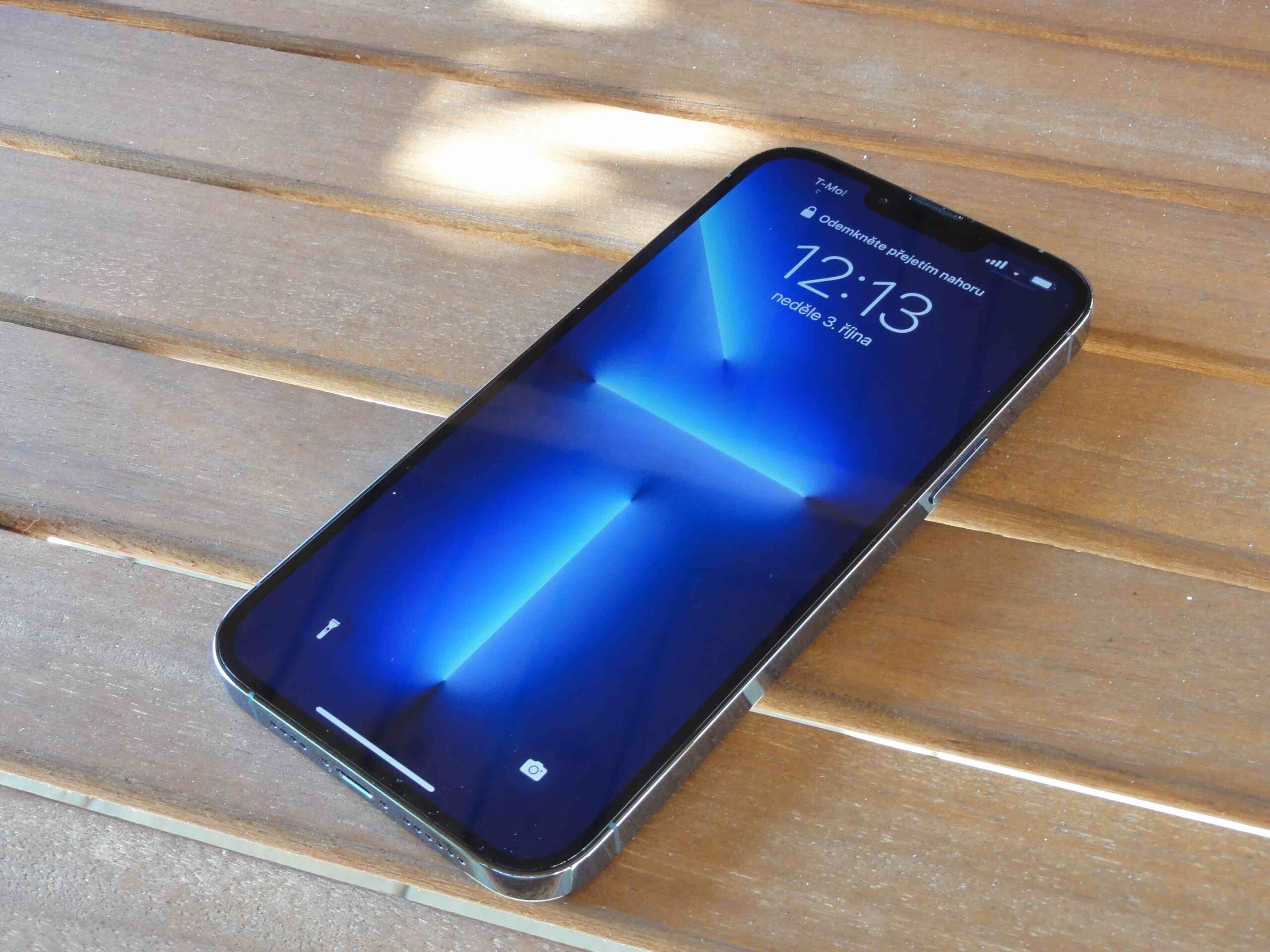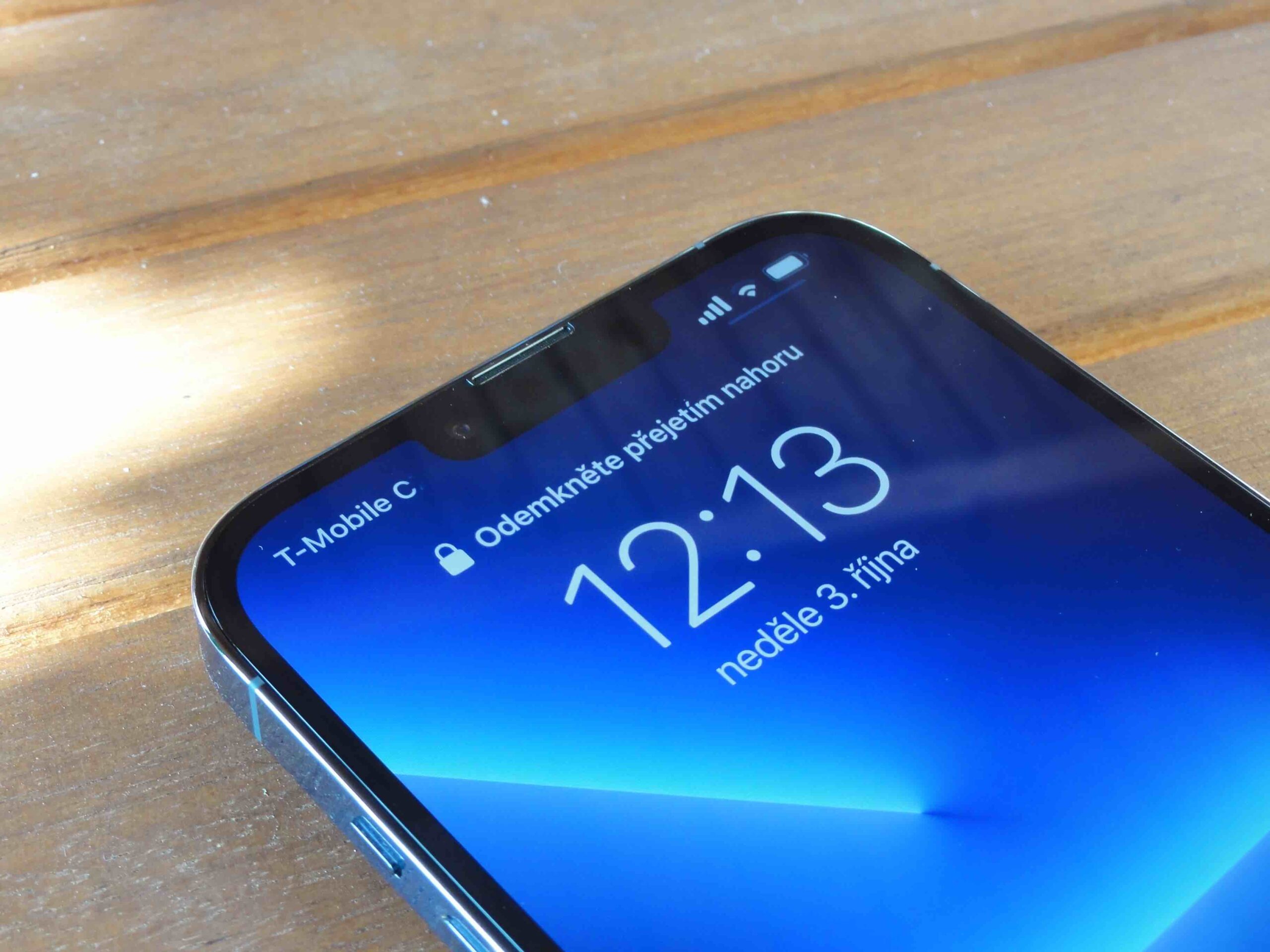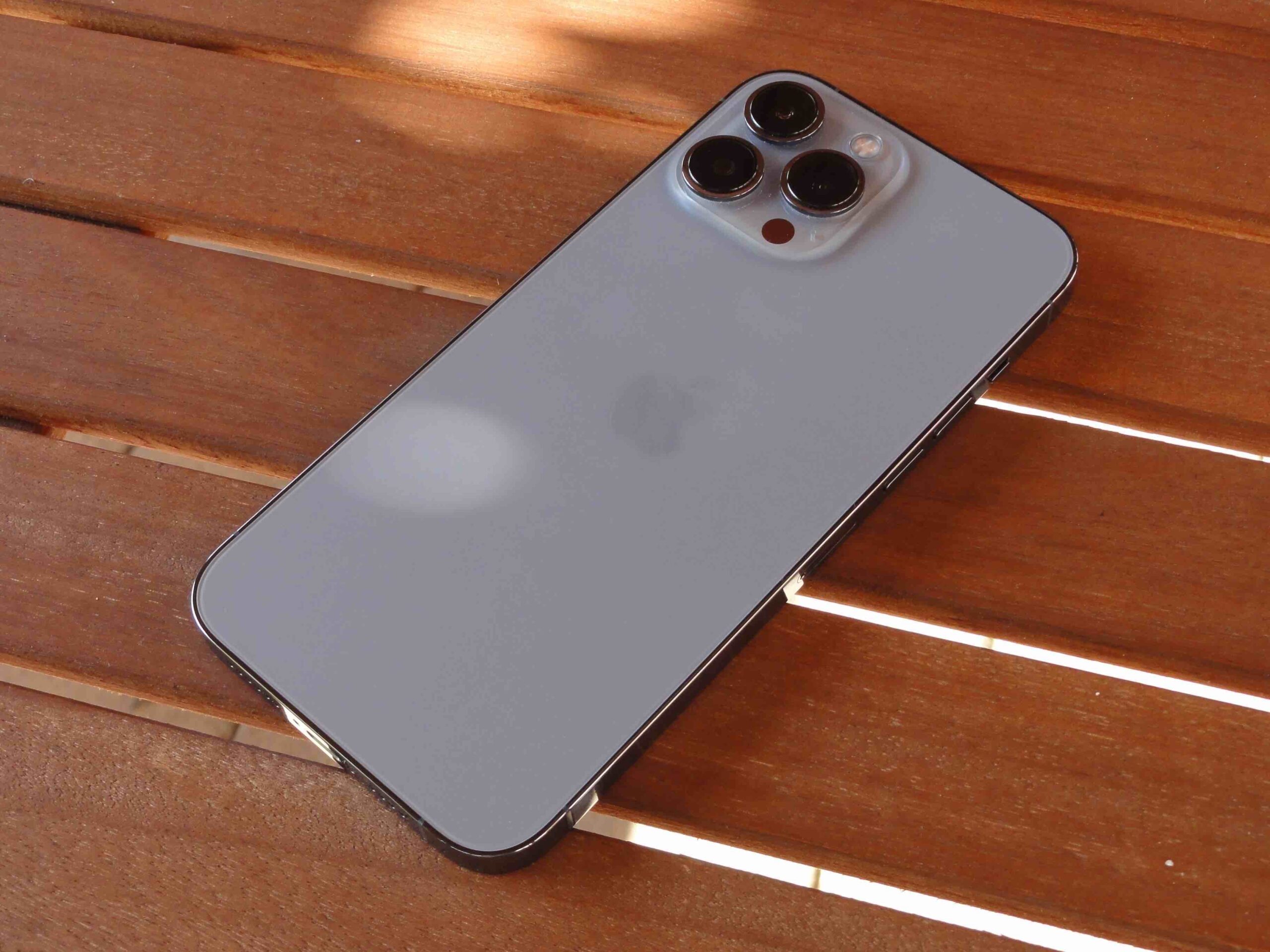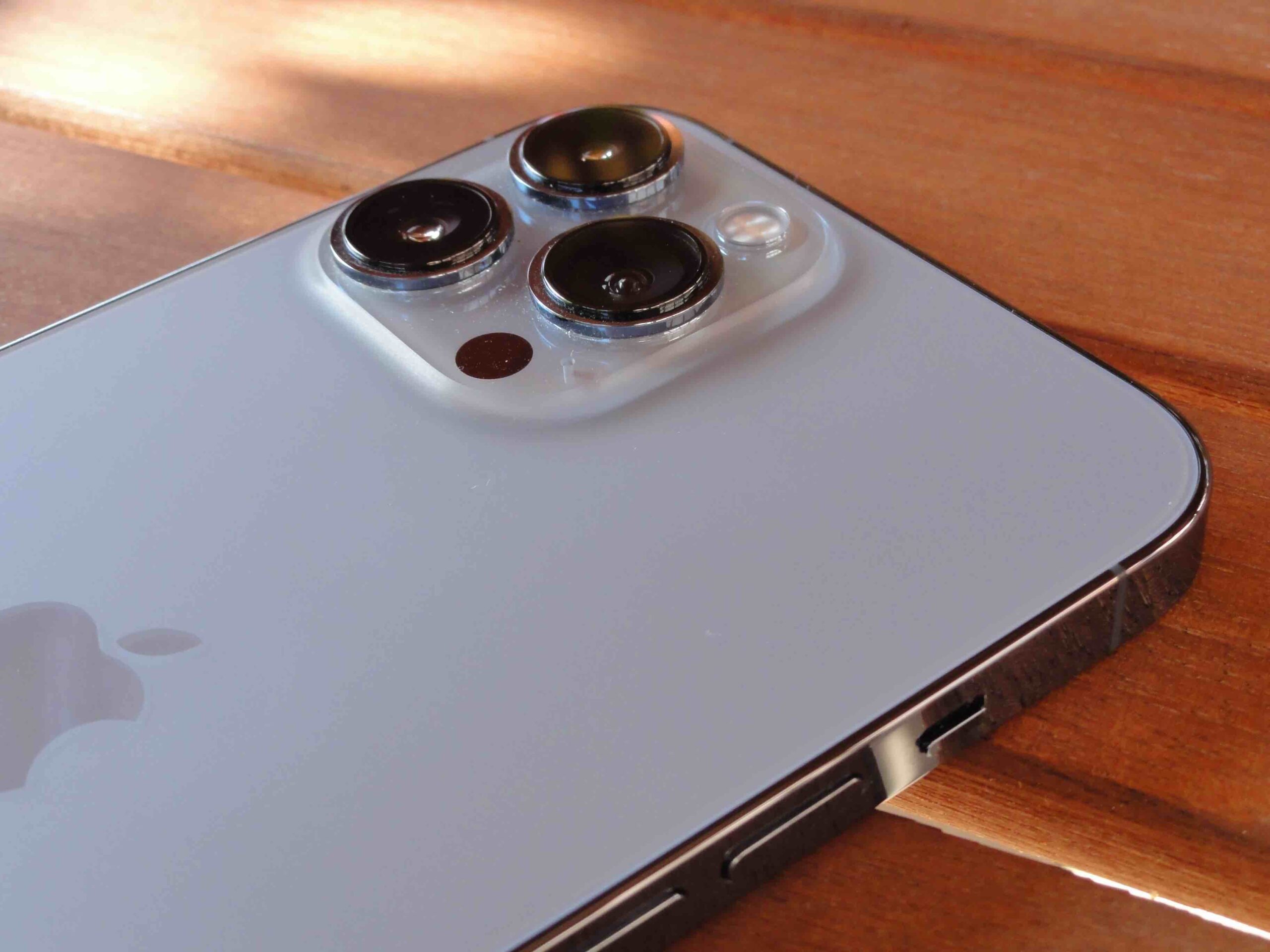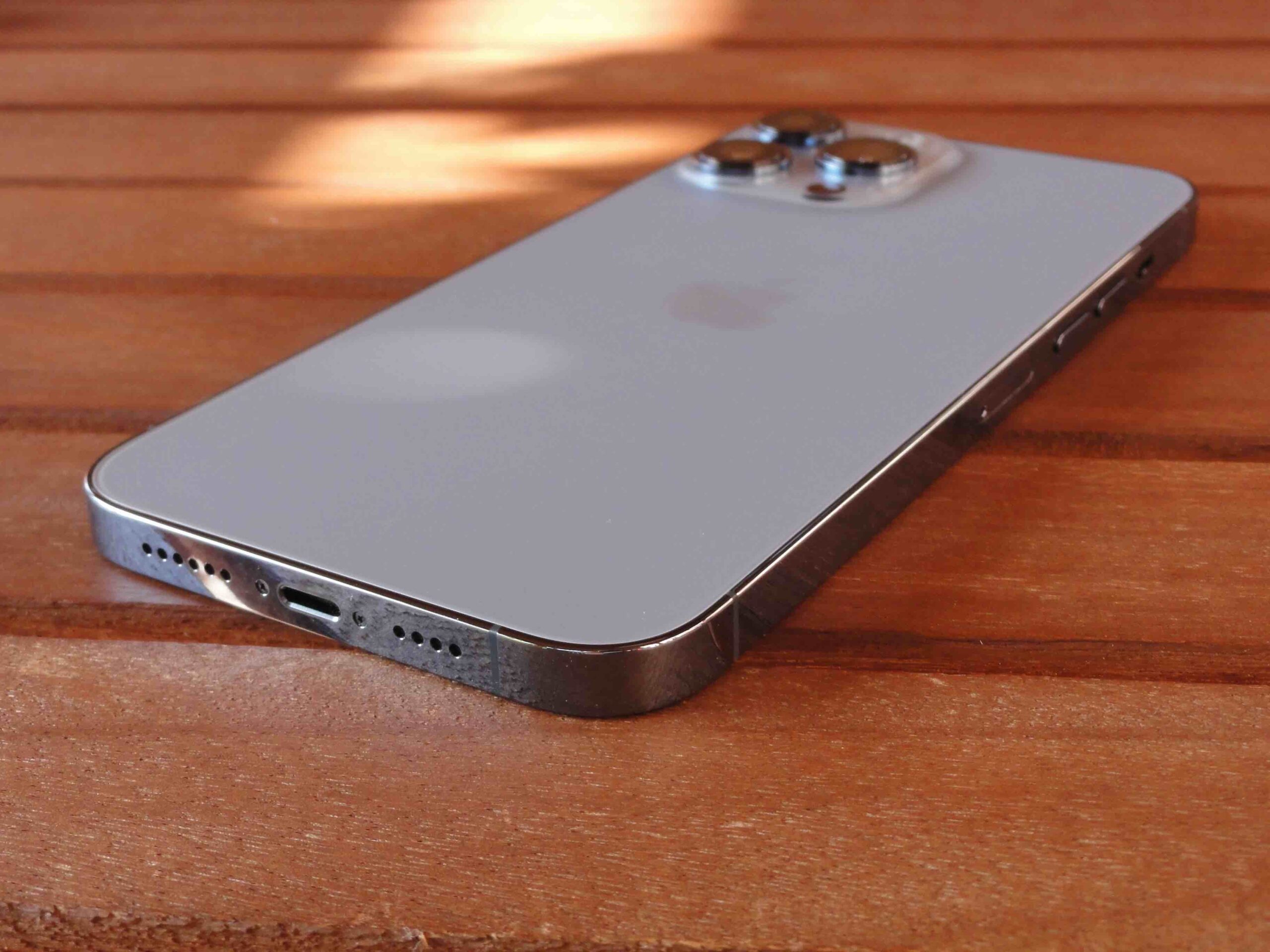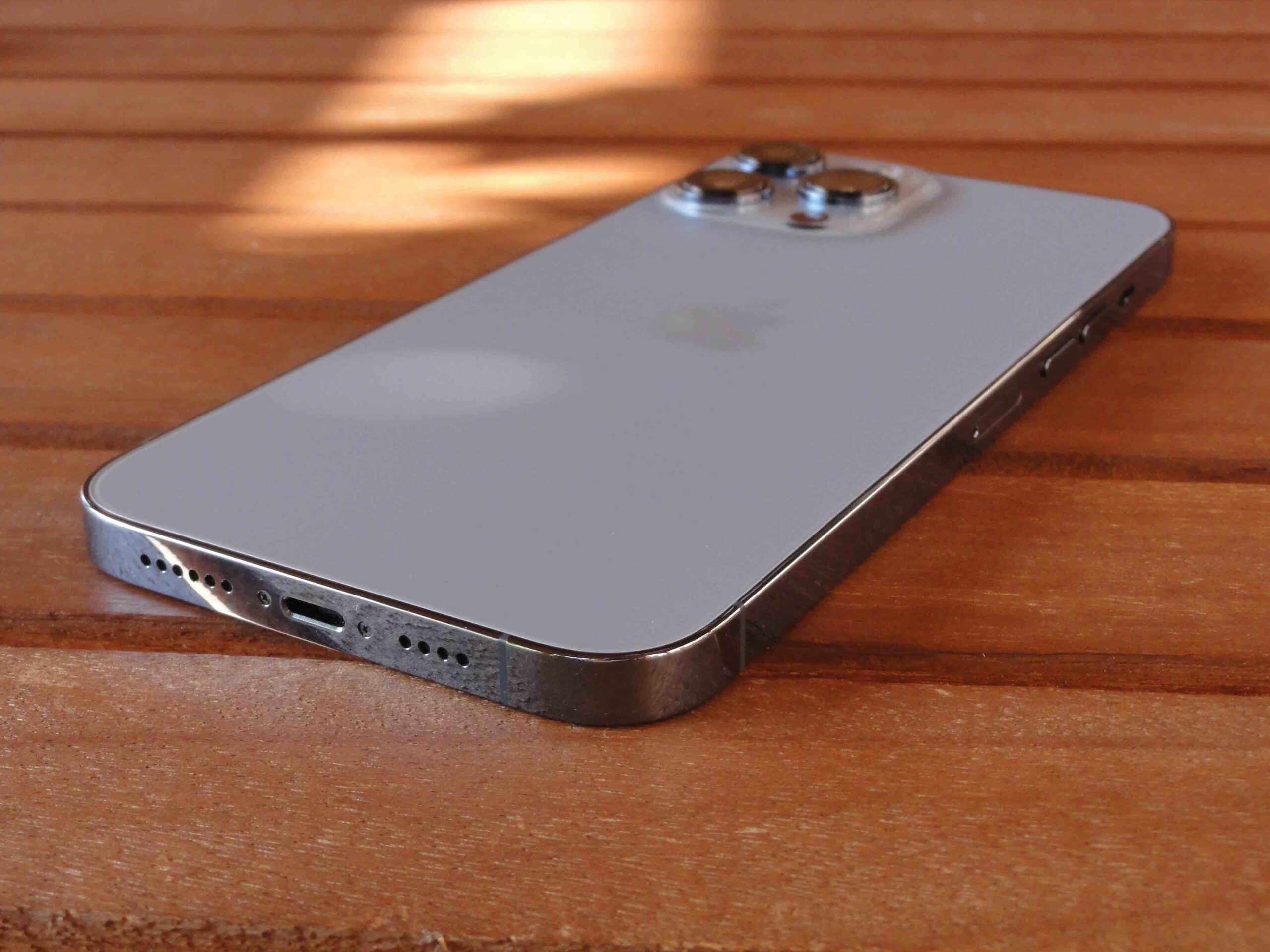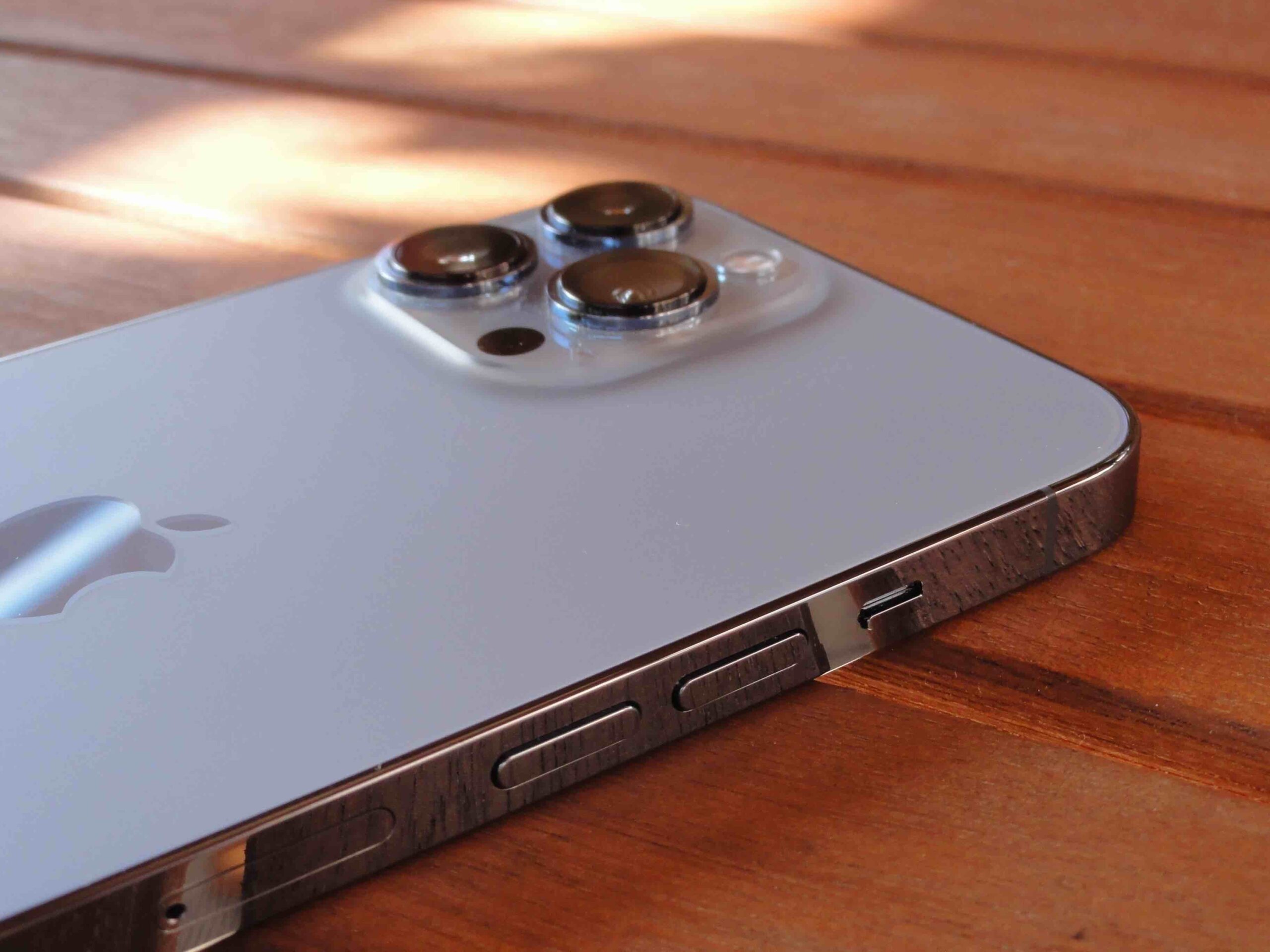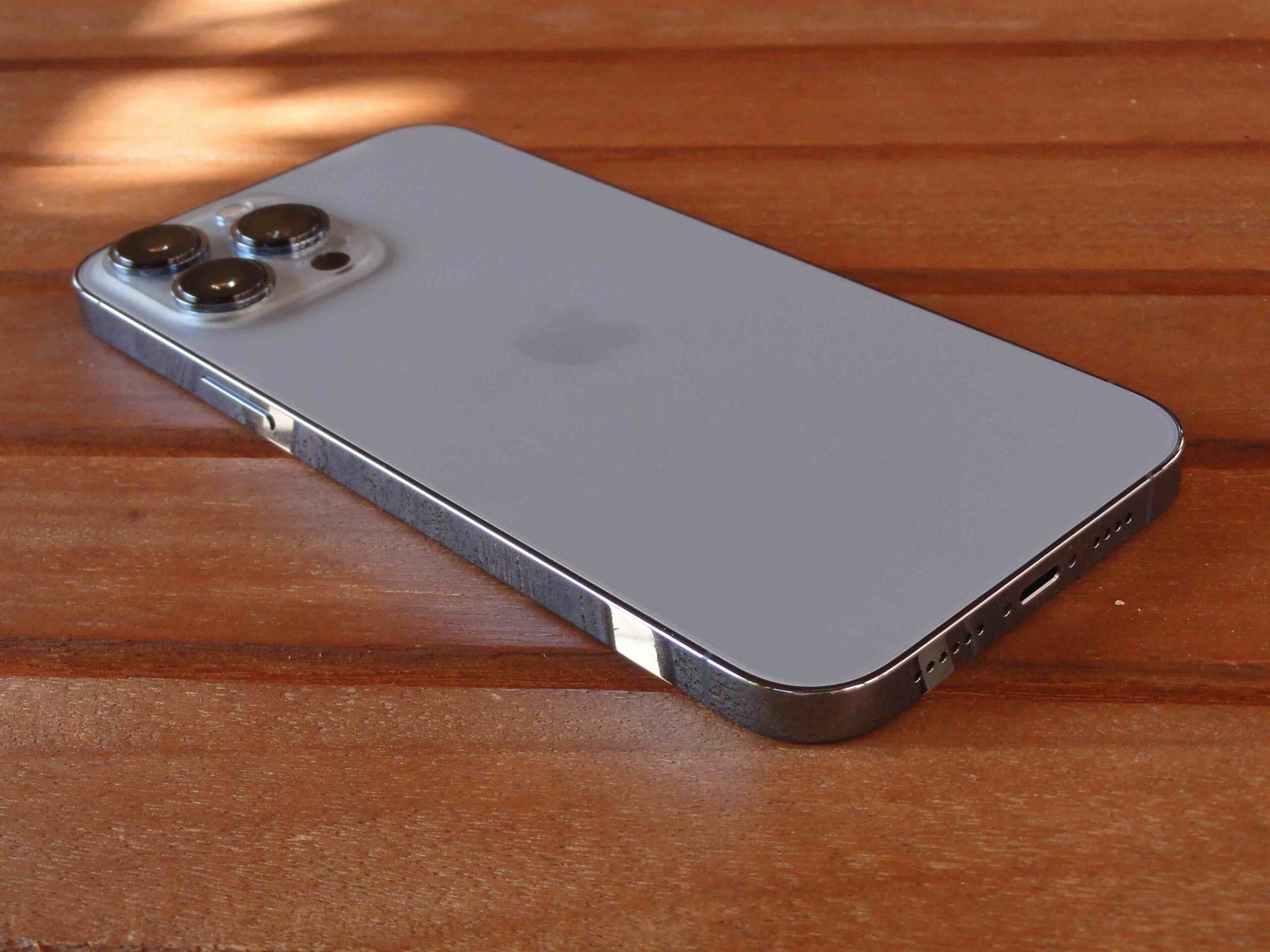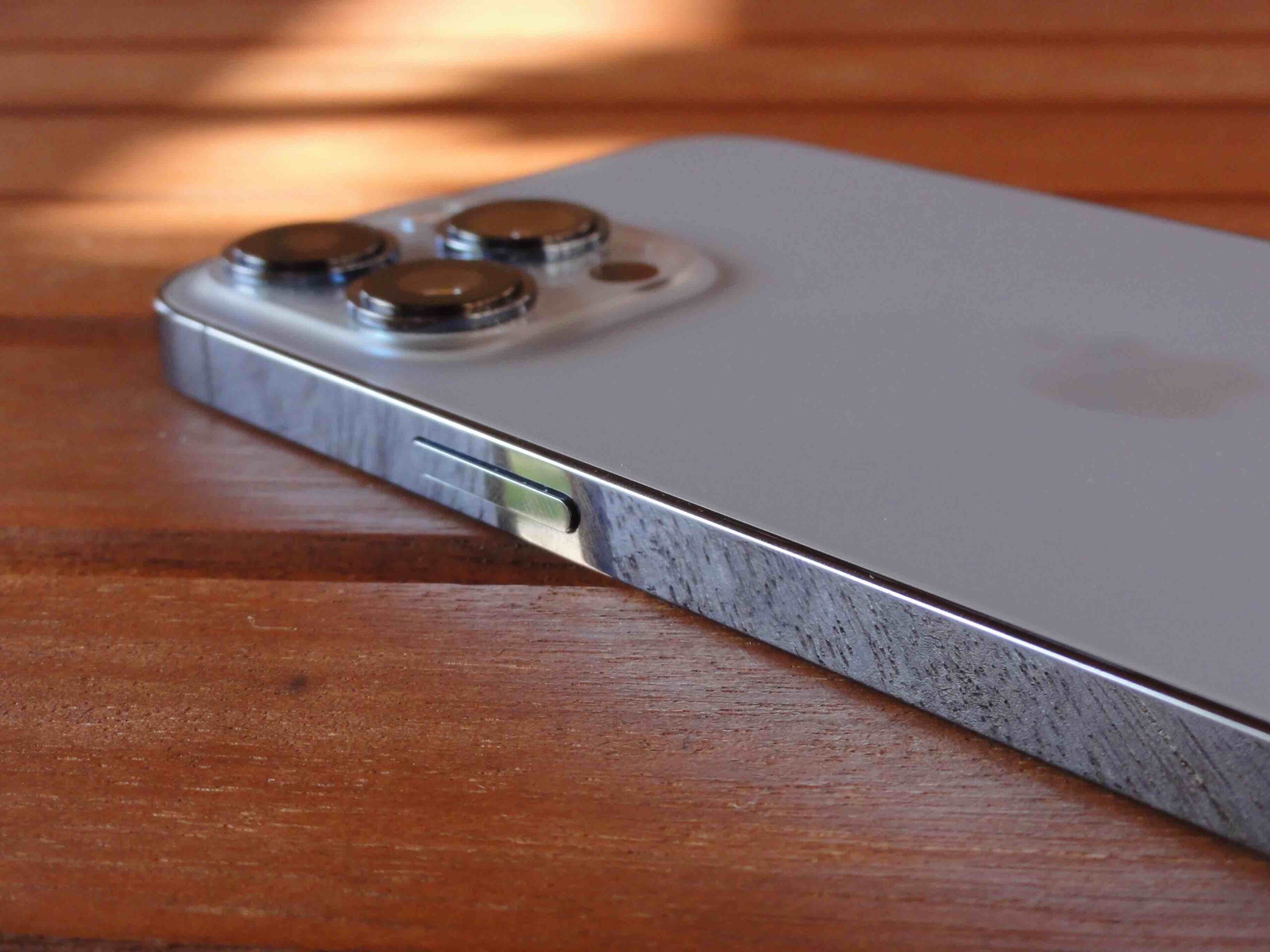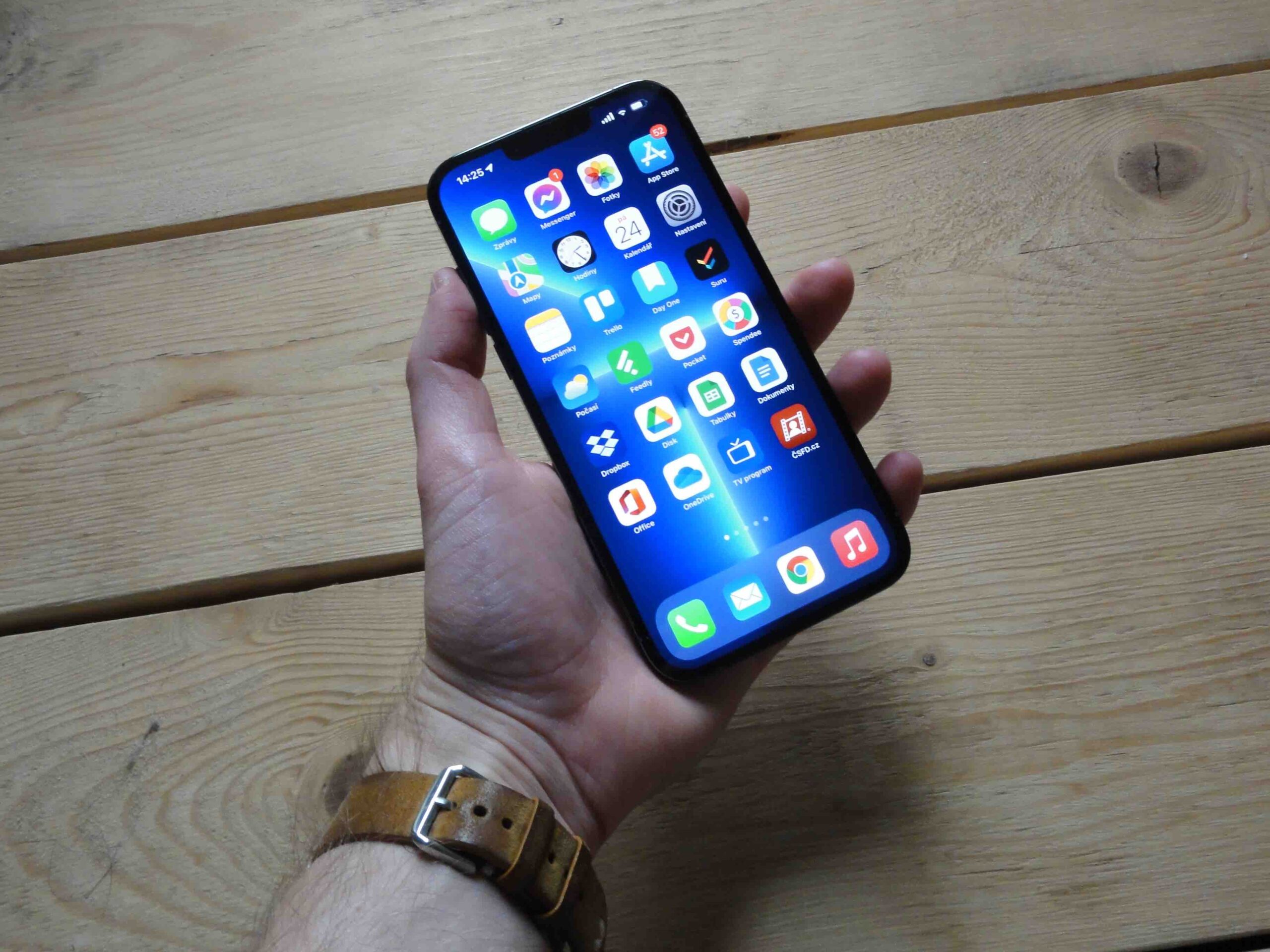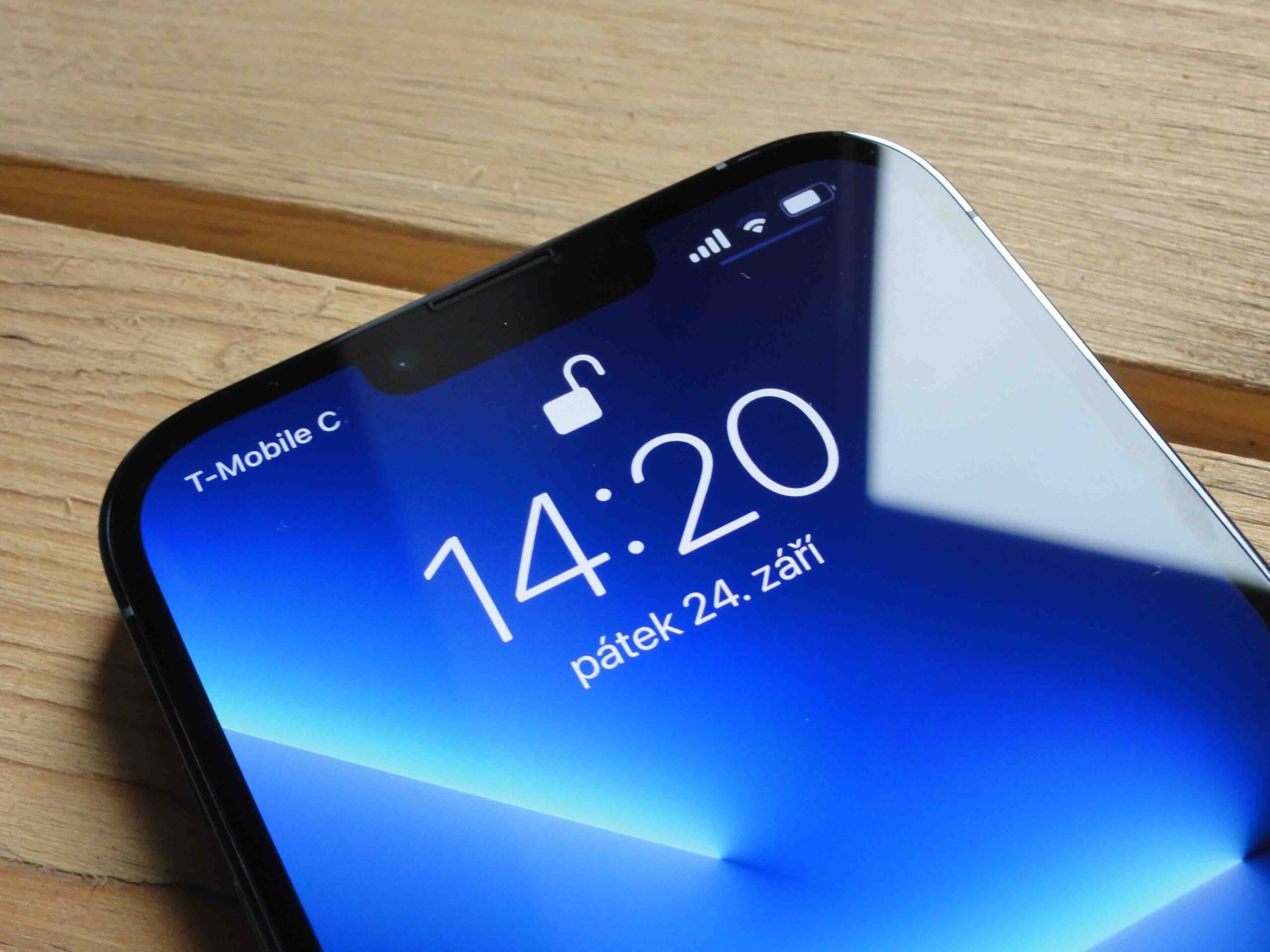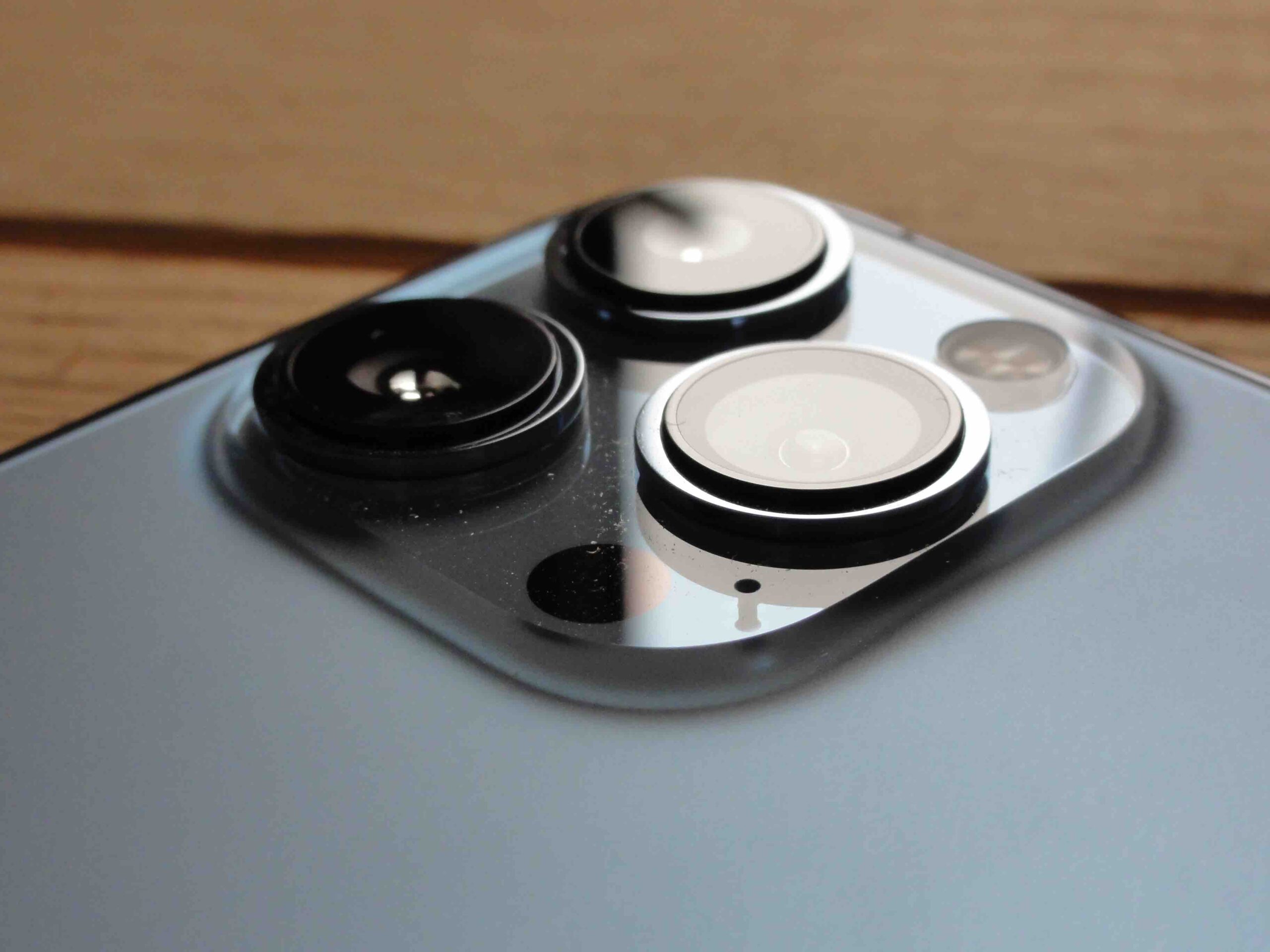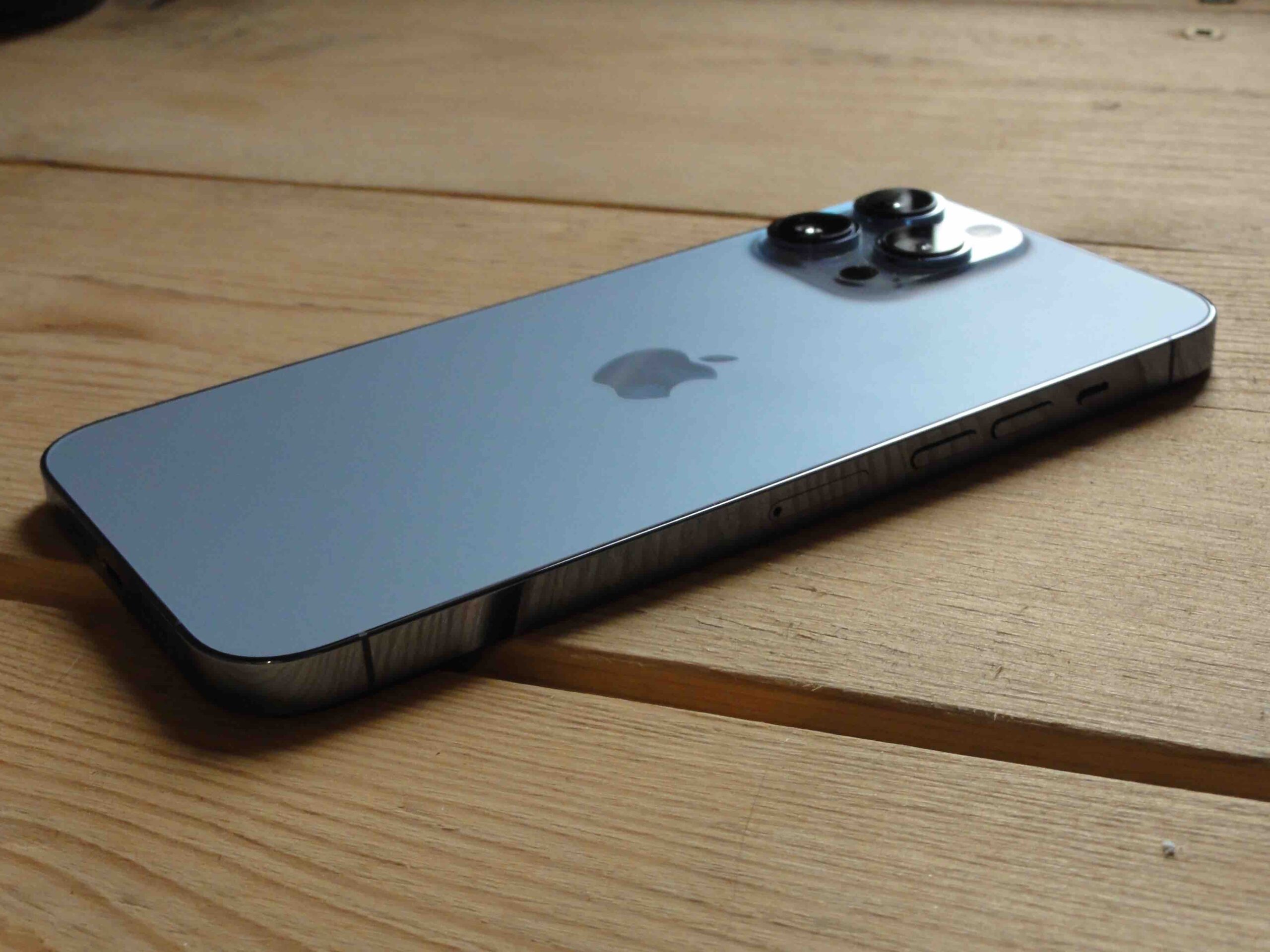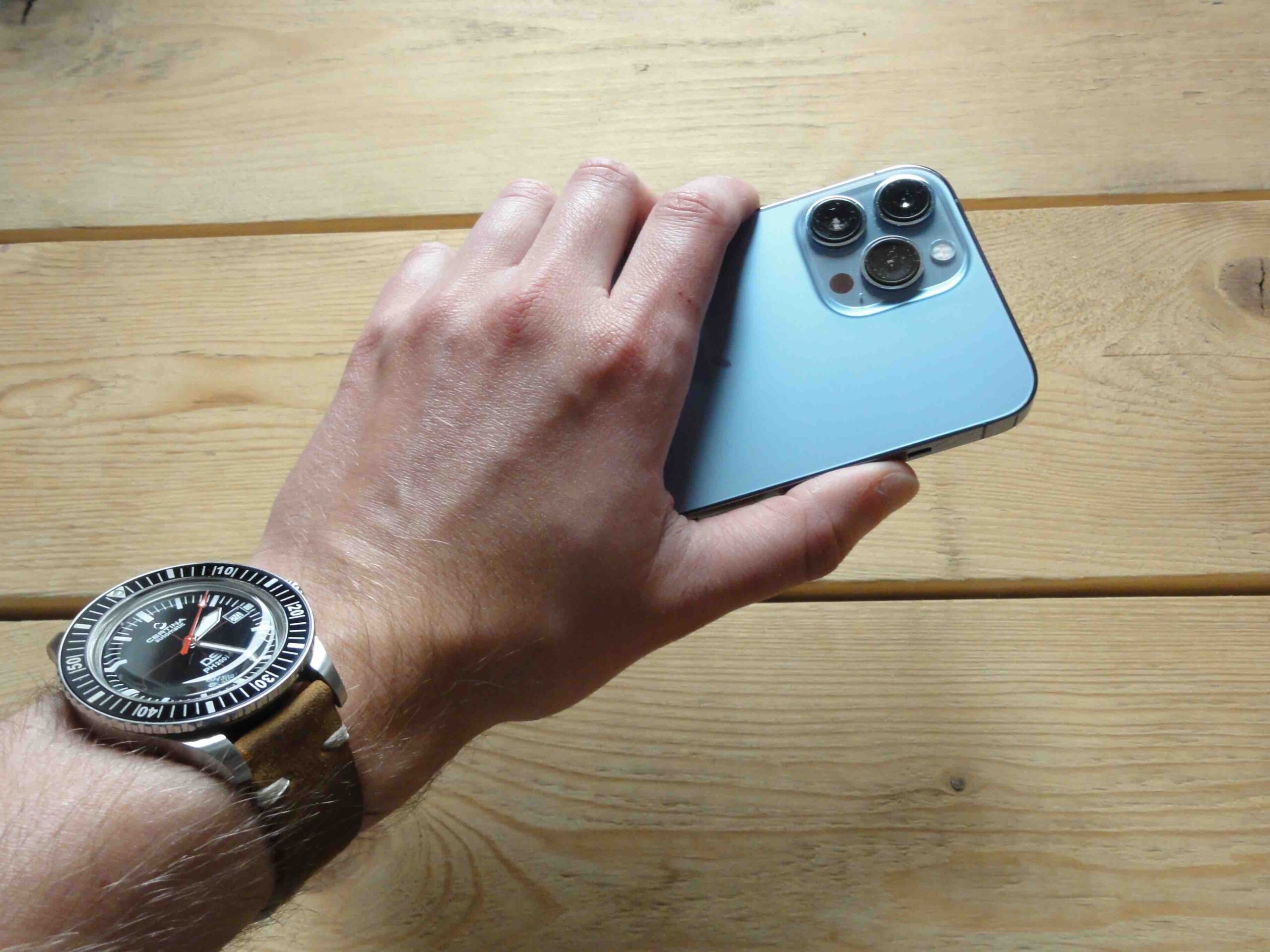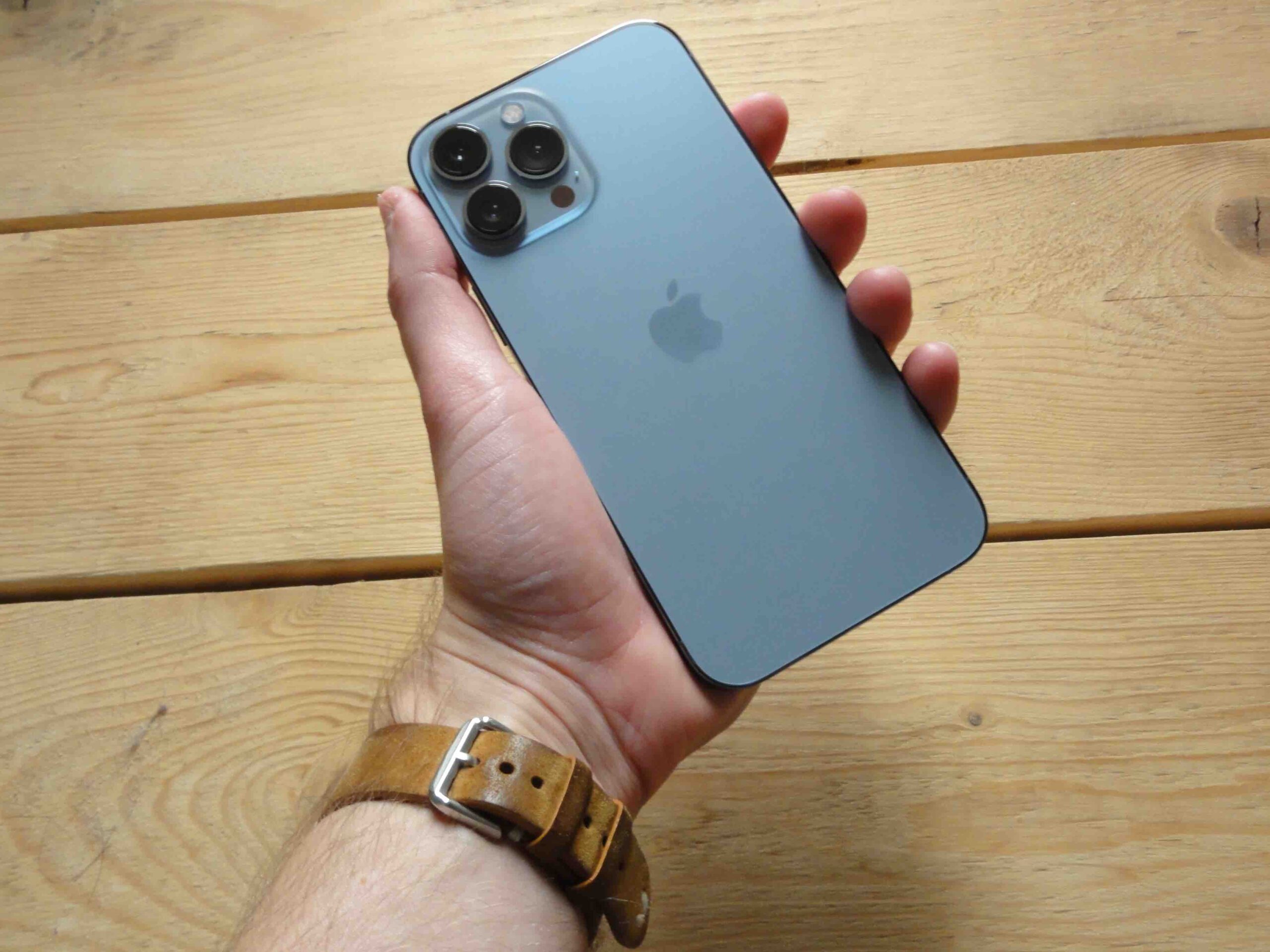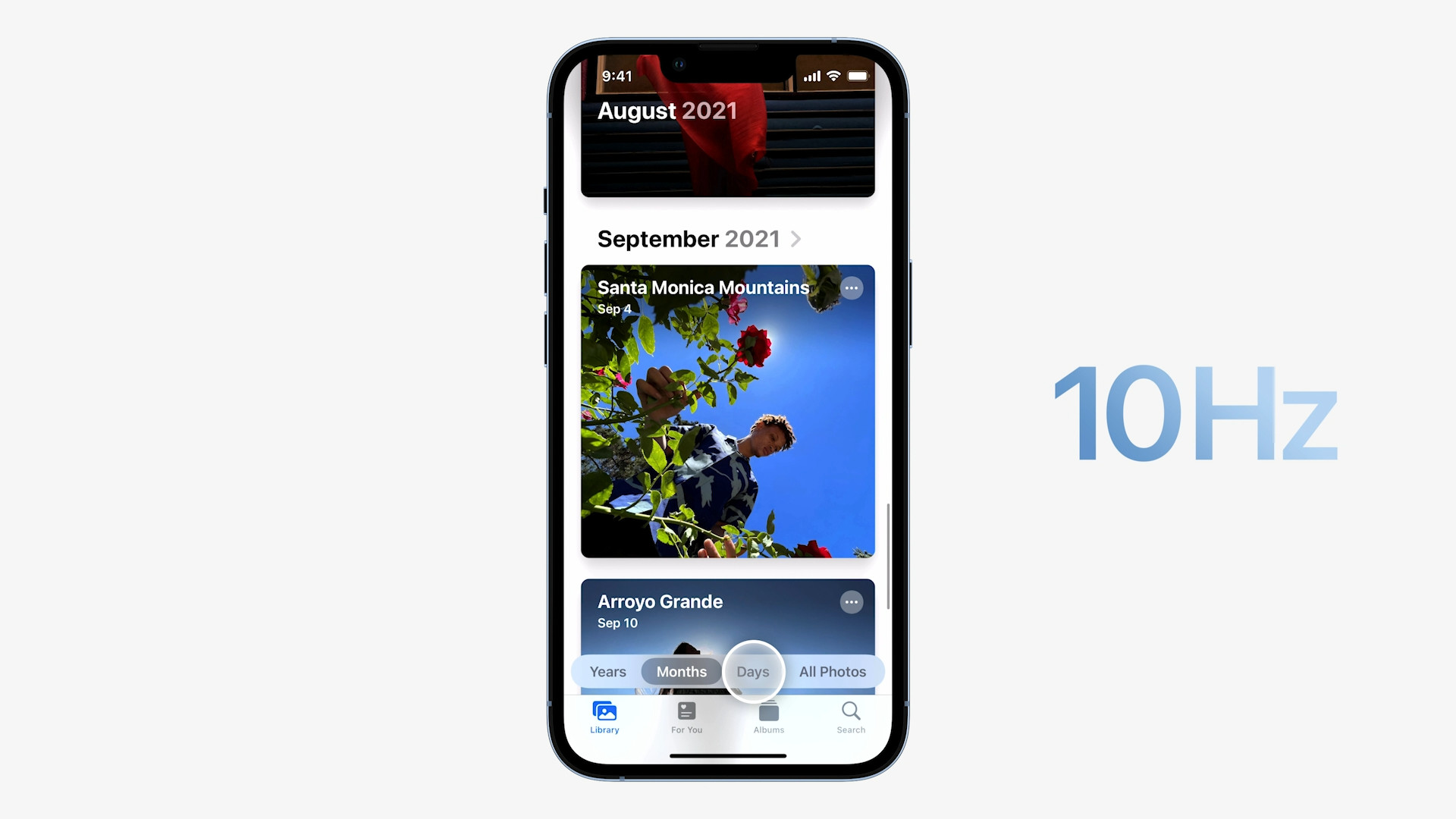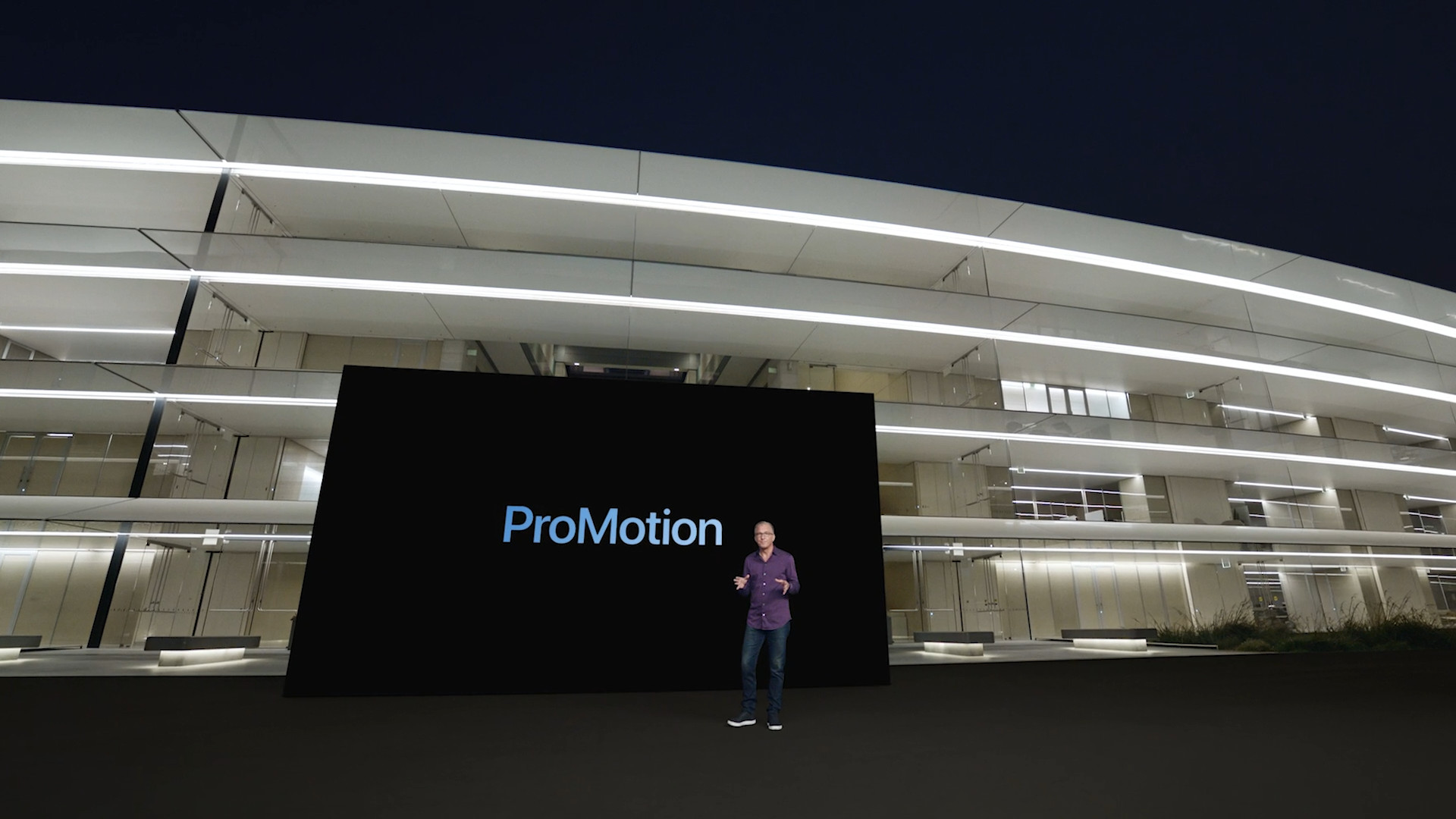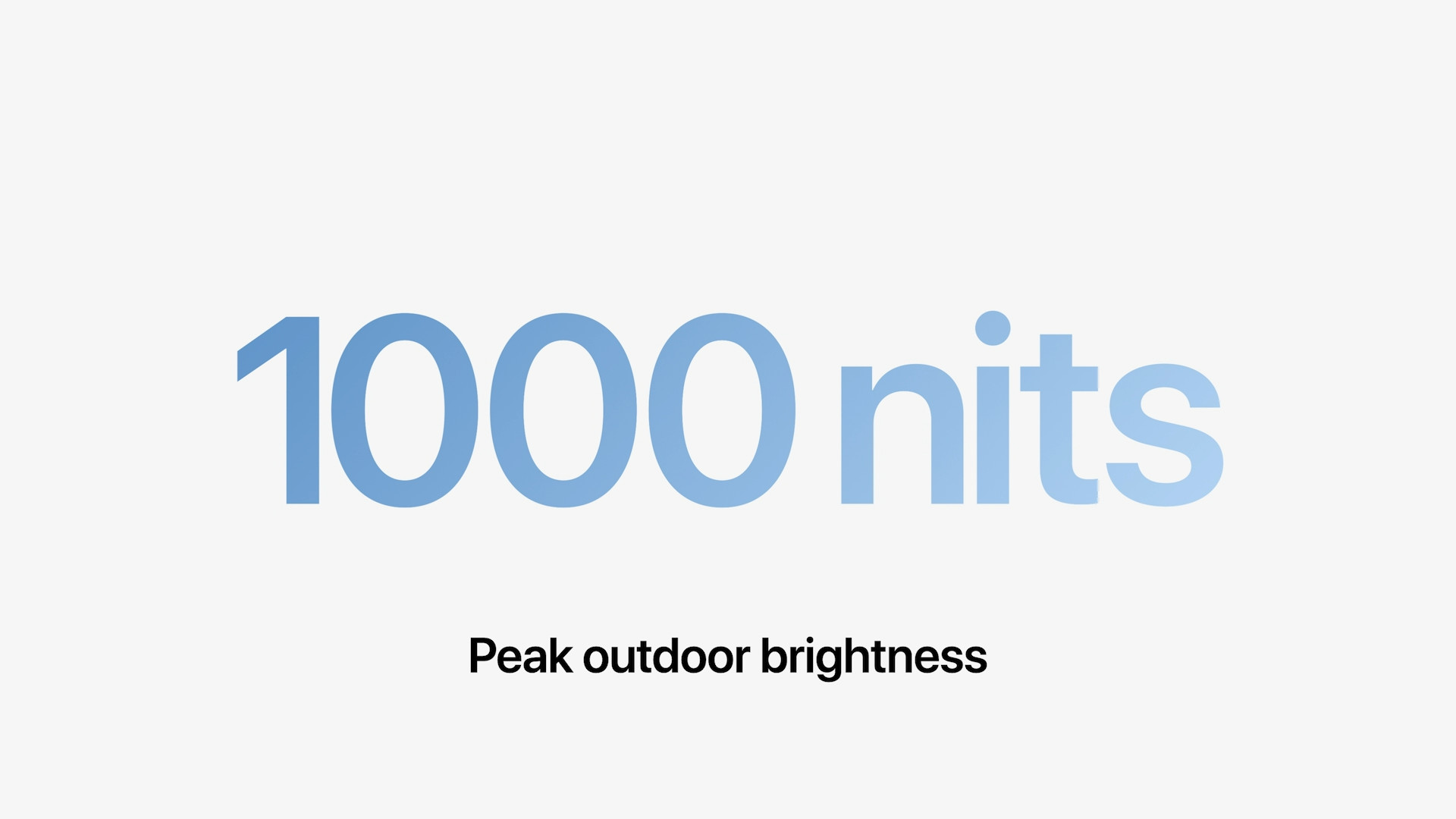In September of last year, Apple introduced the iPhone 13 series. We saw a smaller and classic version, as well as two Pro models that differ mainly in the size of the display. Although all four devices are of the same series, we can of course find several differences between them. One of the most essential is the ProMotion display in the Pro series.
It's about the diagonal size of the display and, of course, the size of the entire body of the device and the battery. But it is also about the cameras and the unique functions associated with them, which are only available for Pro models. But it's also about the quality of the display itself. Fortunately, Apple has already discarded the old and unsightly LCD and now offers OLED in the basic models. But OLED in the iPhone 13 Pro has a clear advantage over iPhones without this epithet.
The display is the most important thing
You definitely shouldn't skimp on the display. The display is what we look at the most from the phone and through which we actually control the phone. What good are super cameras to you if you don't even appreciate the quality of the result on a bad display? While Apple was revolutionary with regard to resolution (Retina) and various added functions (Night Shift, True Tone), it lagged behind in the technology itself for quite a long time. The first swallow was the iPhone X, which was the first to be equipped with an OLED. Even iPhone 11, however, had a simple LCD.
In the world of Android, you can already regularly come across mid-range devices that have an OLED display, and which also supplement it with a 120Hz refresh rate. It is not adaptive, as is the case with the ProMotion display of the iPhone 13 Pro, but even if it runs fixedly at 120 frames per second, everything on such a device simply looks better. The faster discharge of the battery is of course compensated by its larger capacity. That's why it's quite sad when you pick up the iPhone 13 with its 60 Hz and find that everything just looks worse on it. At the same time, the price tag still exceeds CZK 20.
It could be interest you

You just see the difference
Apple offers ProMotion technology in its iPhone 13 Pro, which has a variable refresh rate from 10 to 120 Hz. That adaptability has an advantage especially in saving the battery, when it displays a static image at 10 Hz, because otherwise you want to see everything (except for video) that moves on the display in the greatest "fluidity", i.e. precisely at 120 Hz. The joke is that when you pick up the iPhone 13 Pro for the first time, you might not immediately notice the difference. But if you then take another device that goes fixed at 60 Hz, it's clearly glaring.
So higher refresh rates make sense, adaptive or not. Apple will of course provide this technology for its top portfolio in future generations as well, and it's quite a shame that information is leaking out that it will be exclusive only to Pro models this year. Those without this epithet may have the best display, but if they only run at 60 Hz, this is a clear limitation. If not ProMotion right away, Apple should at least give them a fixed frequency option, where the user chooses whether they want 60 or 120 Hz (which is common with Android). But that's again against Apple's philosophy.
It could be interest you
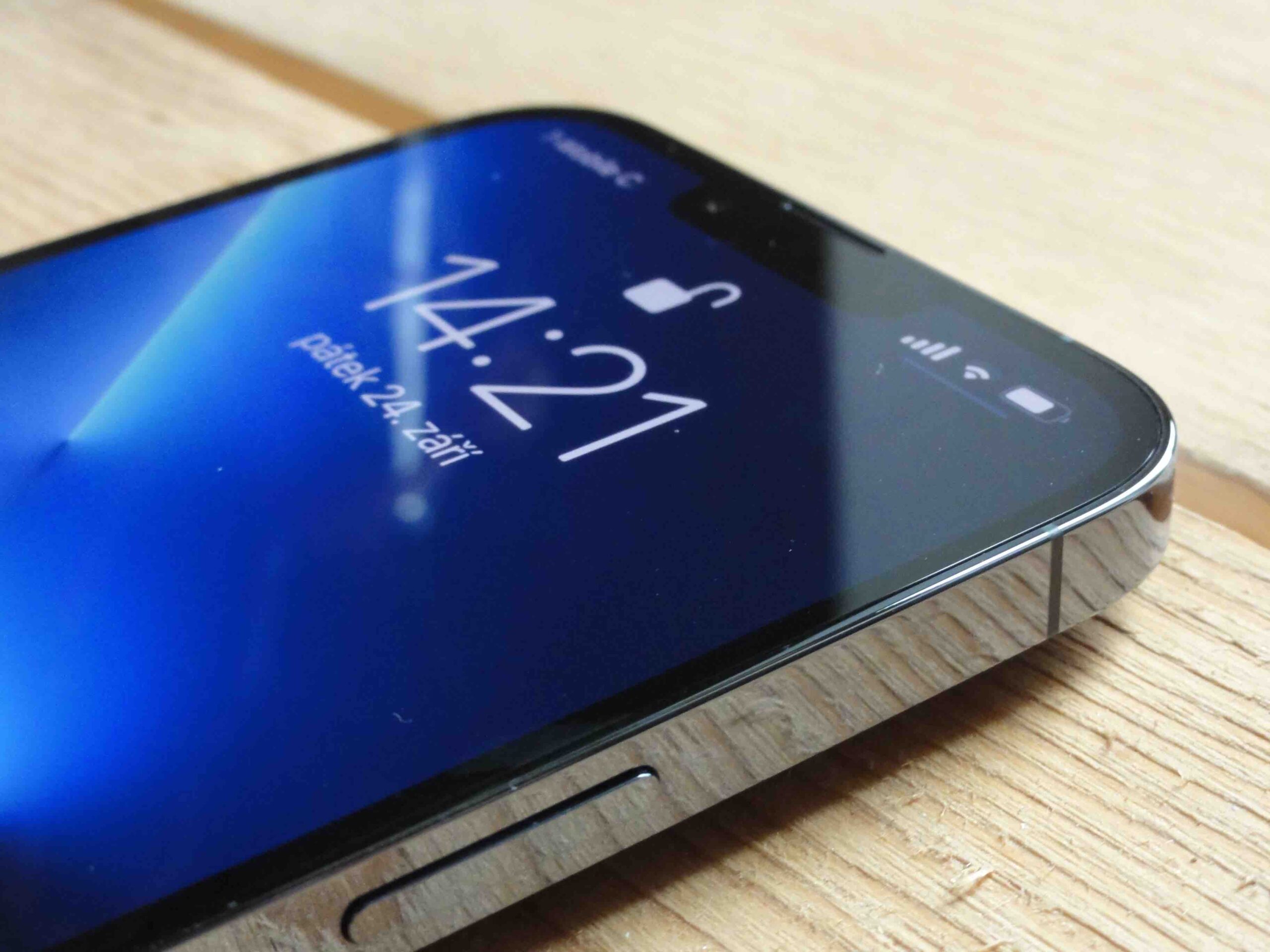
If you're deciding whether to buy an iPhone and are hesitating whether the Pro models make sense for you, take a look at the Screen Time menu. Whether it is one hour or five, it is this time that determines how long you have been working with the phone. And know that the higher the number, the more it pays to invest in a higher model, because everything simply looks smoother and more pleasant on it, even if the adaptive frequency is not in a completely free range. After all, Apple on the developer site states the following:
The ProMotion displays on iPhone 13 Pro and iPhone 13 Pro Max can display content using the following refresh rates and timings:
- 120Hz (8ms)
- 80Hz (12ms)
- 60Hz (16ms)
- 48Hz (20ms)
- 40Hz (25ms)
- 30Hz (33ms)
- 24Hz (41ms)
- 20Hz (50ms)
- 16Hz (62ms)
- 15Hz (66ms)
- 12Hz (83ms)
- 10Hz (100ms)
